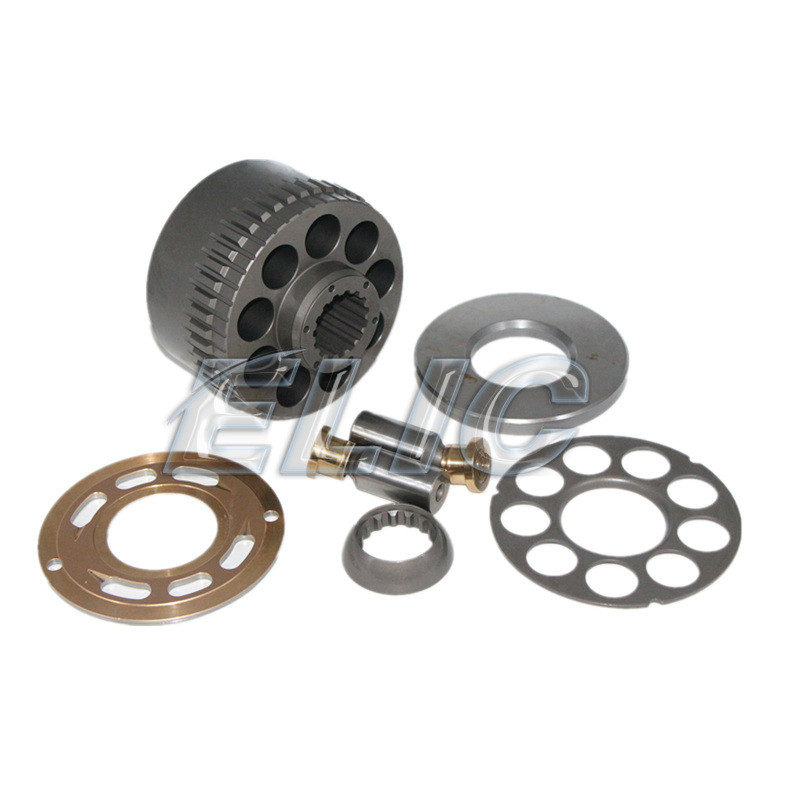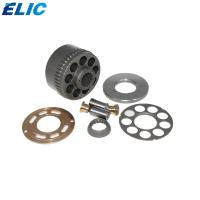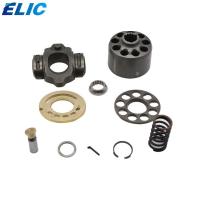From the point of view of energy conversion, the hydraulic pump and
the hydraulic motor are reversible hydraulic components. Inputting
working fluid to any hydraulic pump can make it work as a hydraulic
motor; on the contrary, when the main shaft of the hydraulic motor
is driven from the outside When the torque is driven to rotate, it
can also become a hydraulic pump working condition. However, due to
the different working conditions of hydraulic motors and hydraulic
pumps, their performance requirements are also different, so there
are still many differences between hydraulic motors and hydraulic
pumps of the same type. First of all, the hydraulic motor should be
able to forward and reverse, so its internal structure is required
to be symmetrical; the speed range of the hydraulic motor needs to
be large enough, especially for its minimum stable speed.
Therefore, it usually adopts rolling bearings or hydrostatic
sliding bearings; secondly, the hydraulic motor does not need to
have self-priming ability because it works under the condition of
input pressure oil, but it needs a certain initial sealing to
provide the necessary starting torque. Due to these differences,
the hydraulic motor and the hydraulic pump are similar in structure
and generally cannot work reversibly.












